[ PROMO ] Enjoy extra RM200 off for the Samsung Galaxy S23 series in addition to all pre-order benefits by using the promo code SYGS23R on Samsung Malaysia’s online store. Offer valid while stocks last.
===
The new Samsung Galaxy S23 Ultra, revealed earlier this week, offers several incremental upgrades over its predecessor. But the biggest change is in the main camera, equipped with a slew of new features—all underpinned by an innovative image sensor.
That sensor is Samsung’s in-house Isocell HP2, announced last month with the headlining 200MP. All those pixels are packed into the same 1/1.3 inches as the 108MP sensor in the S22 Ultra, enabling 16-to-one pixel binning (versus the previous nine-to-one or nona-binning process) to produce 12.5MP images. This results in more detail while also maintaining the option of larger 2.4-micron pixels, the same size as the S22 Ultra in 12.5MP mode.
As before, Samsung’s Adaptive Pixel technology is claimed to offer the best of both worlds by combining the higher detail of a 200MP image with the lower noise of a 12.5MP one. The new sensor also allows for four-to-one pixel binning (something the old 108MP sensor couldn’t do) to 50MP with 1.2-micron pixels, so that the camera can better adapt to different lighting conditions.
Reduced noise, increased AF accuracy
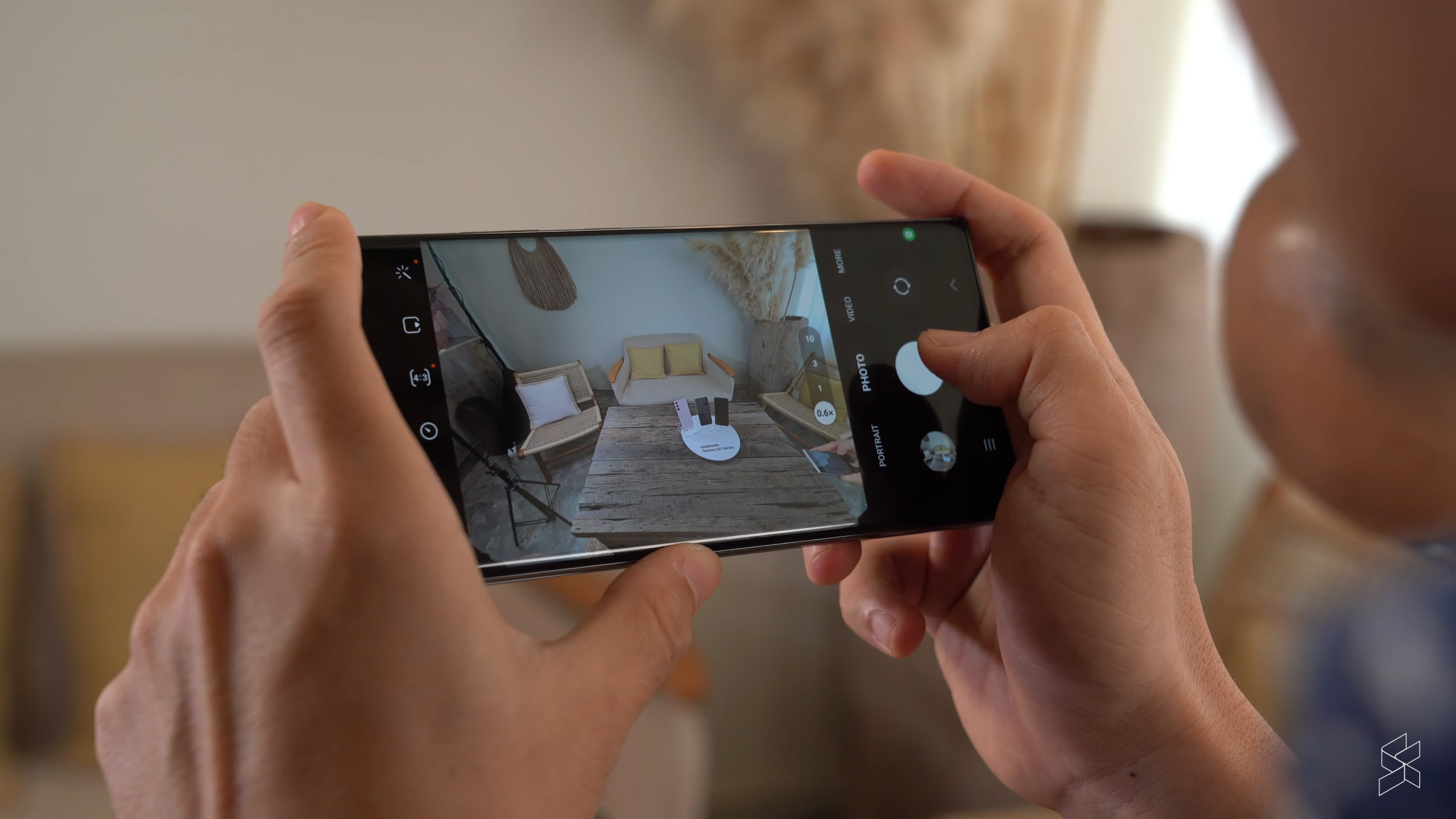
Combine this with software improvements and the customised Qualcomm Snapdragon 8 Gen 2 chip—which incorporates the American chipmaker’s AI-driven Cognitive ISP—and the result is a claimed improvement in low-light performance. Samsung says the camera offers reduced noise and natural colours while maintaining detail, allowing it to push its night mode (which it still rather embarrassingly calls Nightography) even further.
Conversely, the sensor avoids blowing out highlights by incorporating Dual Vertical Transfer Gate (D-VTG) technology on each pixel, increasing the amount of electrons (and therefore light information) able to be stored before reaching saturation. All in all, each pixel’s full-well capacity has been increased by over 33%.
Autofocus has also been enhanced with Super Quad Pixel technology, which improves on the previous dual-pixel phase detect autofocus (PDAF) by recognising vertical pattern changes instead of just horizontal ones, increasing accuracy. It appears that this has resulted in the loss of laser autofocus—the fifth camera module, which emitted a laser in the S22 Ultra, no longer has a red dot. Samsung has yet to confirm to us whether this is the case.
Improved video stabilisation
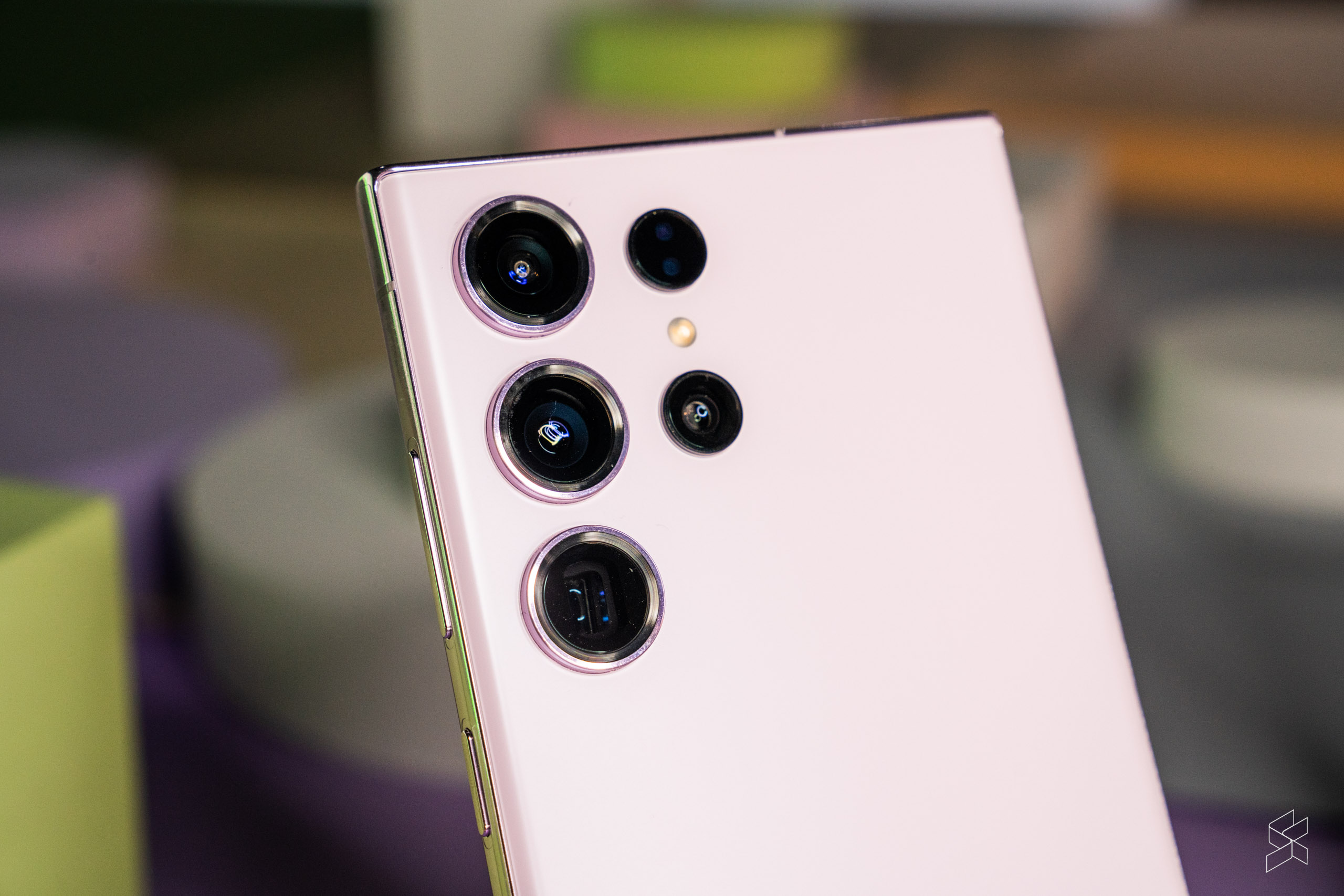
It’s not just photos that benefit from the new camera. Samsung claims that the S23 Ultra features uprated optical image stabilisation (OIS) that has double the angle of stabilisation compared to the S22. This goes hand-in-hand with an enhanced version of the company’s digital stabilisation, which it calls Adaptive VDIS, to remove shakiness in videos. The Qualcomm ISP works here as well, enabling AI multi-frame processing to reduce noise without sacrificing clarity.
Samsung has also eradicated a key complaint of the S22 Ultra’s 8K recording feature. Previously, the phone simply took an 8K (approximately 33MP) crop of the 108MP sensor, resulting in much more zoomed-in videos compared to the 50MP cameras of the other S22 models. Now, the S23 Ultra is able to pixel-bin to 50MP for wider videos, on part with the rest of the S23 lineup. The increased processing power has also enabled a slight bump in frame rate to 30fps, up from 24fps.
Additionally, you can now shoot videos with 360-degree audio. But there’s a catch—you’ll have to connect a pair of Galaxy Buds 2 Pro to be able to do so. You’ll also have to enable this feature in the camera settings once they’re paired. Samsung’s solution was made available as part of the One UI 5.1 update, so older devices with the latest software will also be able to take advantage of it.
Last but not least is a new Astro Hyperlapse mode that will allow you to shoot long-exposure videos at up to 300x speed. Samsung says this will let you capture the movement of stars, and there’s even a star trail option that will create streaks in the sky. All this without the use of “specialised equipment”, although you will obviously still require a tripod to shoot.
What about the rest of the cameras?

The rest of the rear camera hardware is identical to before, including a 12MP ultra-wide and two 10MP telephoto shooters (one providing 3x zoom, the other with a periscope lens delivering 10x zoom). The Ultra model continues to offer Space Zoom up to 100x, but it now uses the 200MP main camera to add greater detail to the images.
As for the selfie camera, the S23 Ultra shares its 12MP unit with the rest of the S23 range. That may seem like a downgrade from the 40MP camera from the S22 Ultra, but what it loses in pixel count it makes up for by offering Smart HDR for the first time. Again the ISP does the heavy lifting, using an “object-aware engine”—Qualcomm calls this Semantic Segmentation—to selectively sharpen areas of an image, such as hair and eyes.
As before, Samsung offers an Expert RAW app in its Galaxy Store, giving users an upgraded “Pro” mode with shutter speed, ISO and white balance control, exposure metering, a histogram and enhanced dynamic range when shooting RAW photos. This year, the company has added two new features—an Astrophoto long-exposure mode that’s again tailored towards capturing stars (it even has a constellation guide), as well as a multiple exposure mode for shooting composite images.
Sample images and first impressions
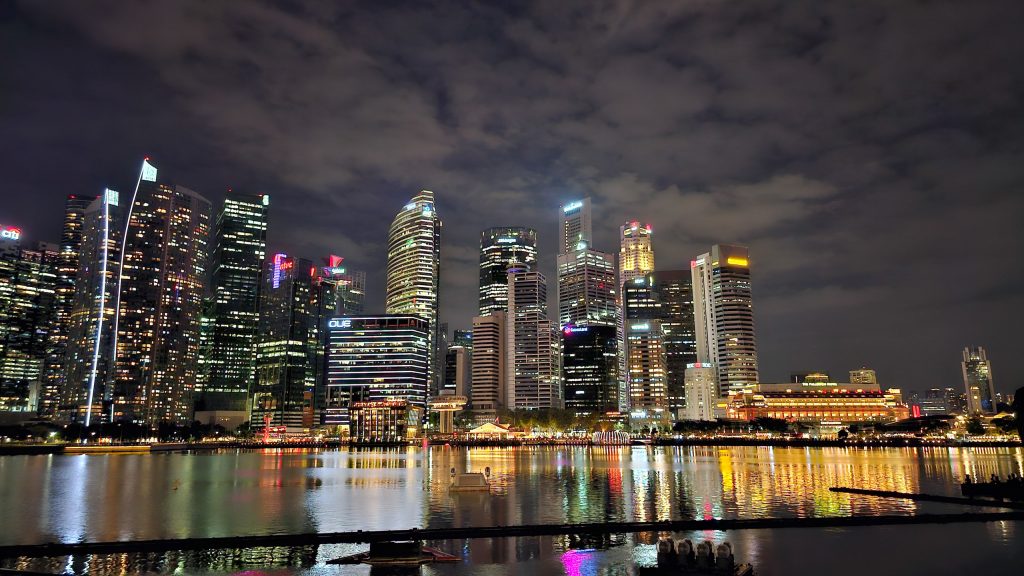
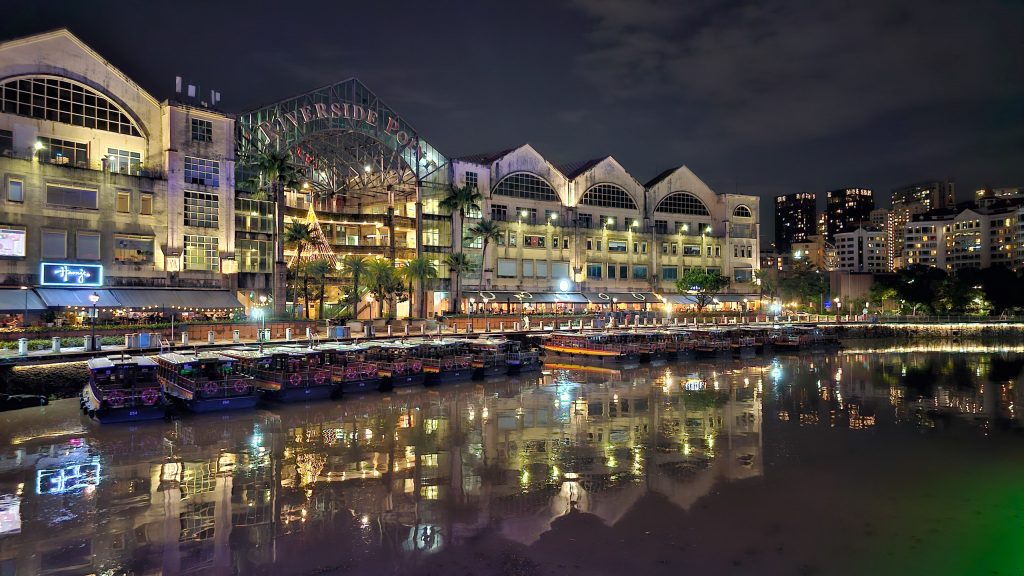

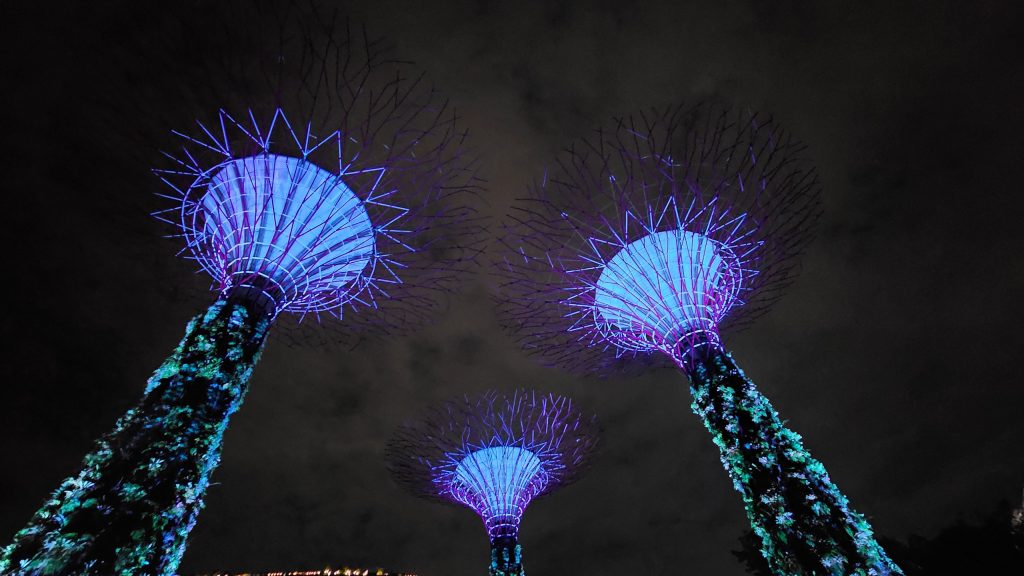

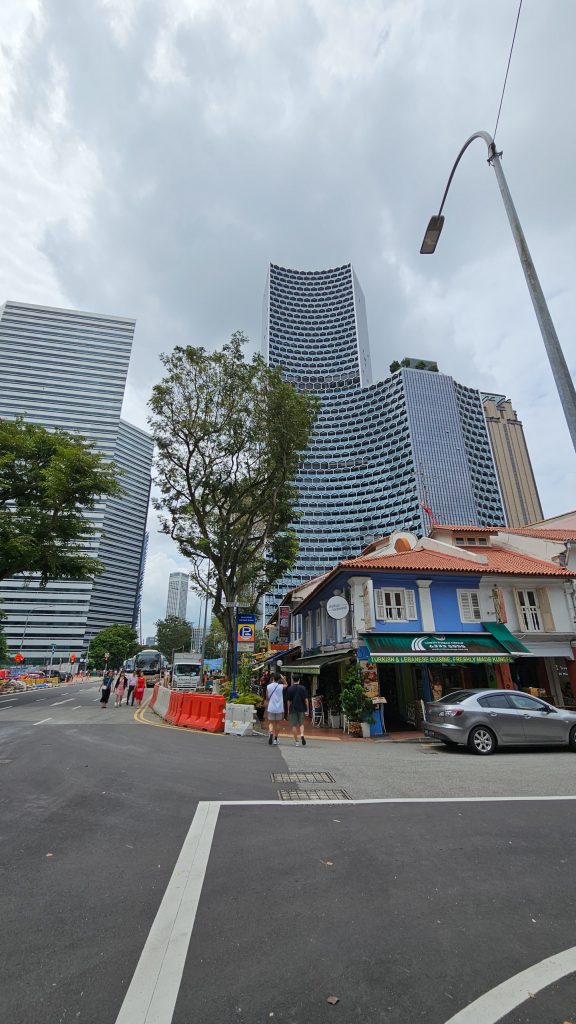
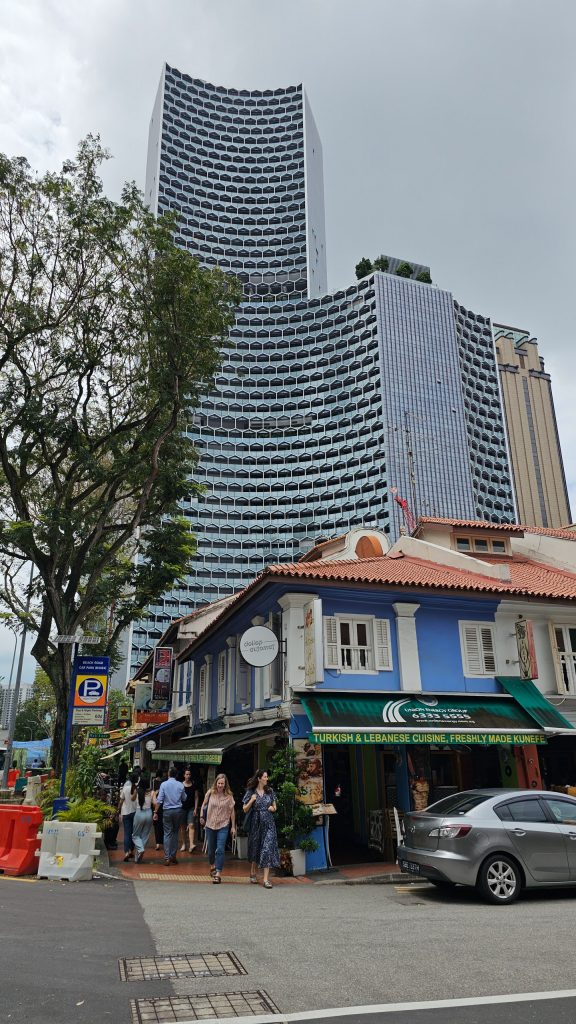
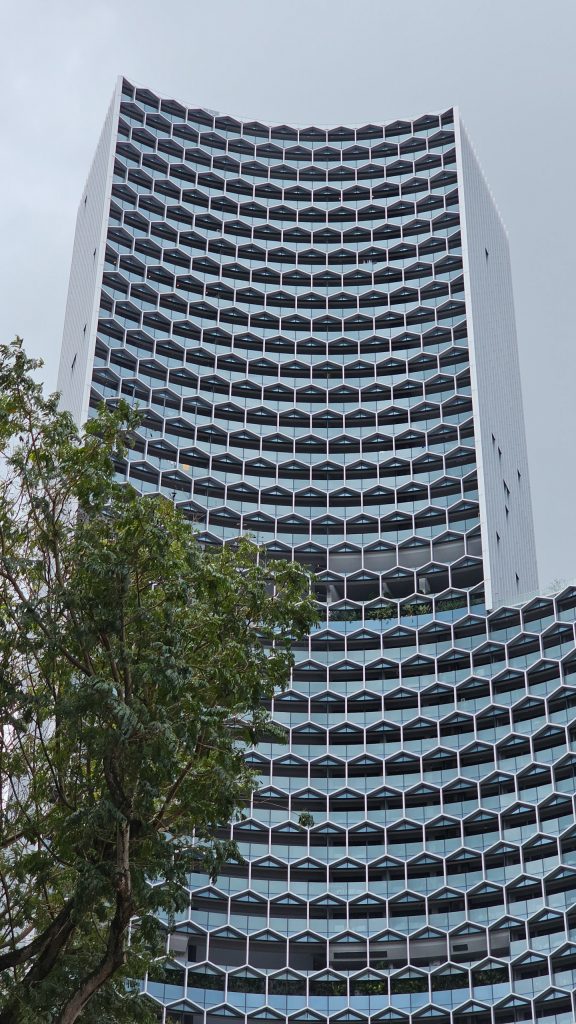
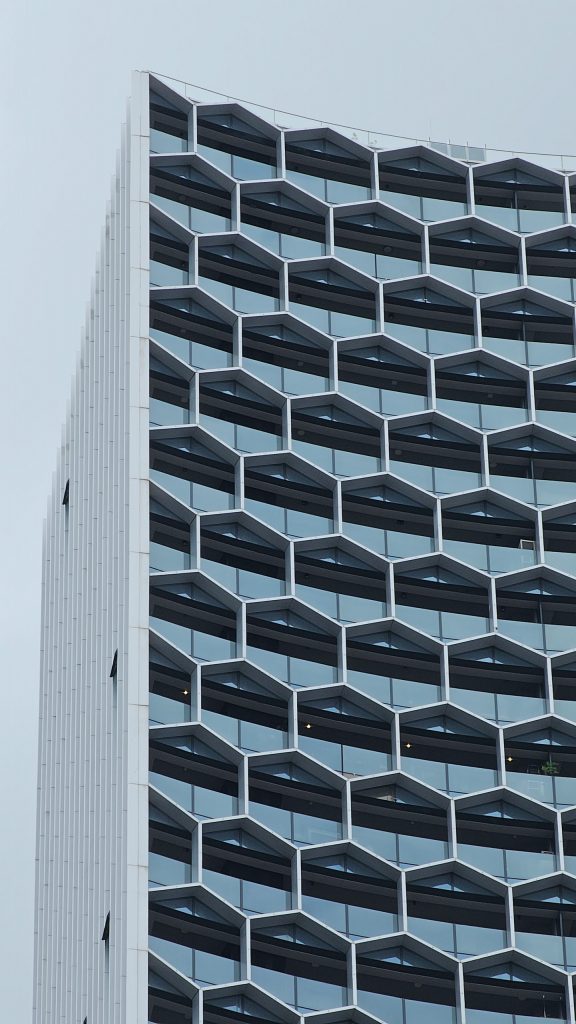
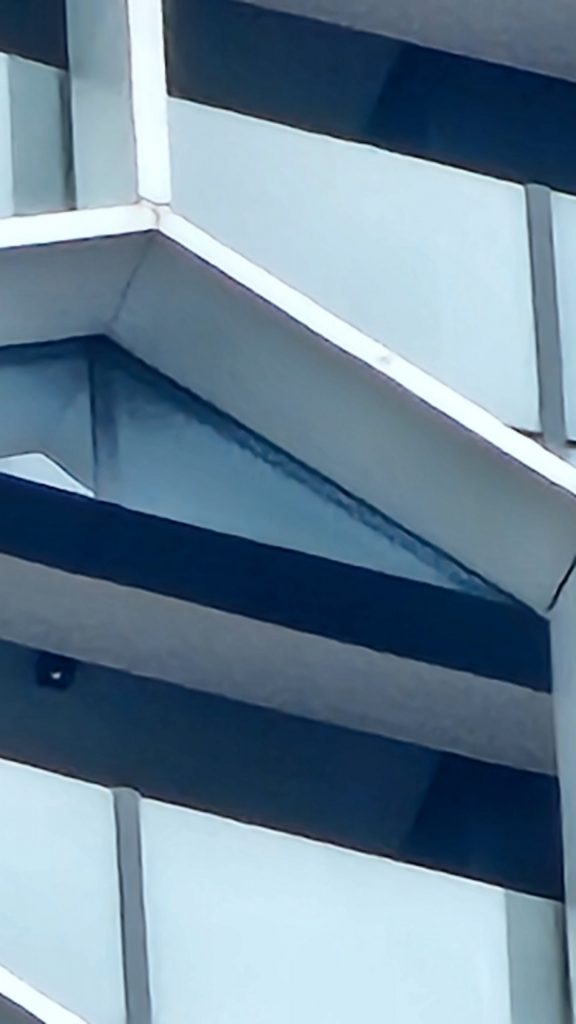
As expected, the S23 Ultra delivers an impressive amount of detail through its main camera, albeit with Samsung’s usual excessive sharpening and slight oversaturation. With the high-resolution sensor, even images at 30x digital zoom offer reasonable sharpness, although it falls away the further you zoom in. Images from the 3x telephoto camera also look very good, but the ultra-wide and the 10x telephoto in particular take quite soft photos.
Low-light performance is one area where the S23 Ultra’s main camera excels, capturing bright images with low noise—so much so that in most conditions, you don’t even need to use the night mode. But of course, we’ve only spent a brief amount of time so far with this phone, so it’s hard for us to get a definitive idea of what this camera is like until we’ve done a full review.
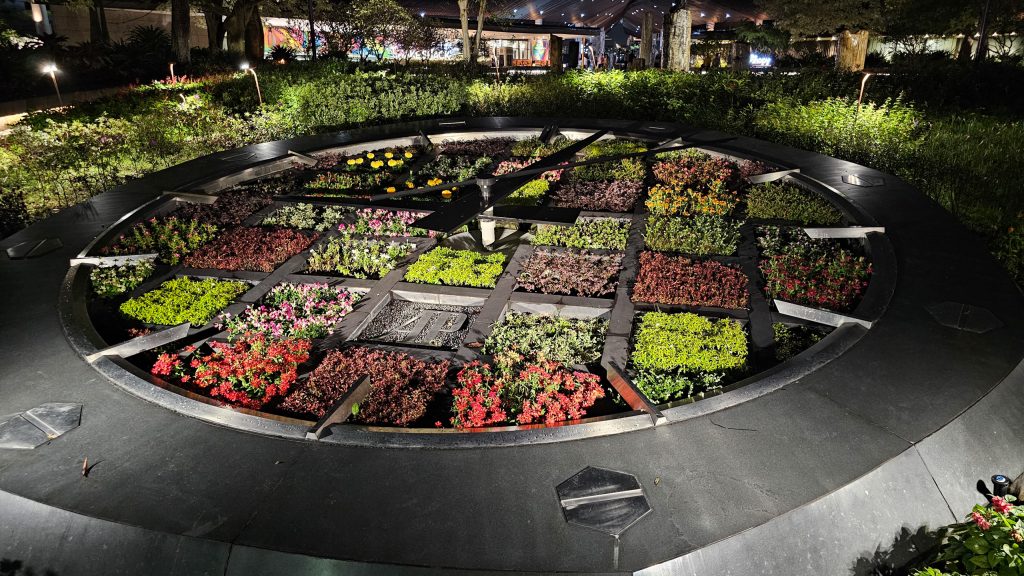
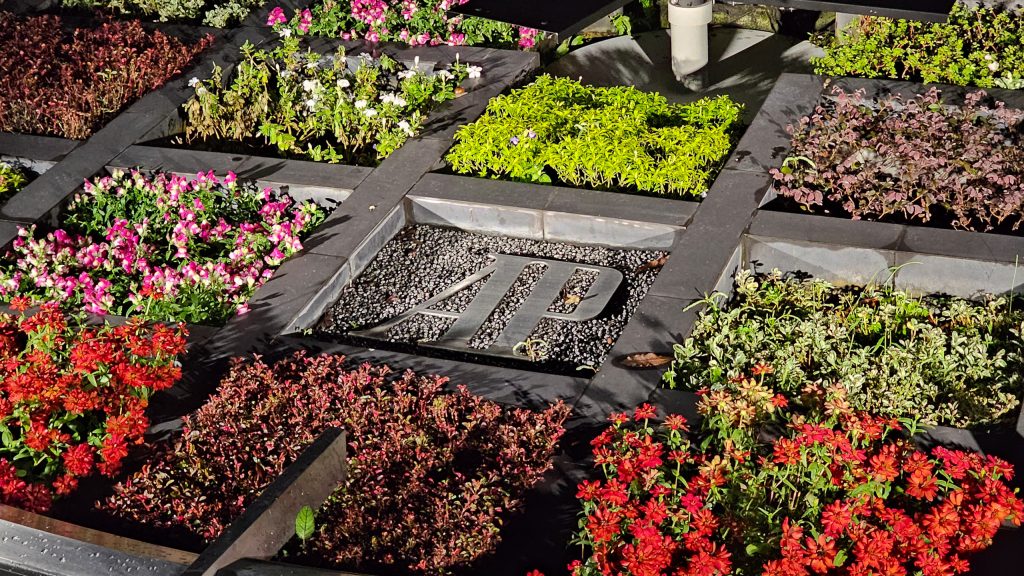
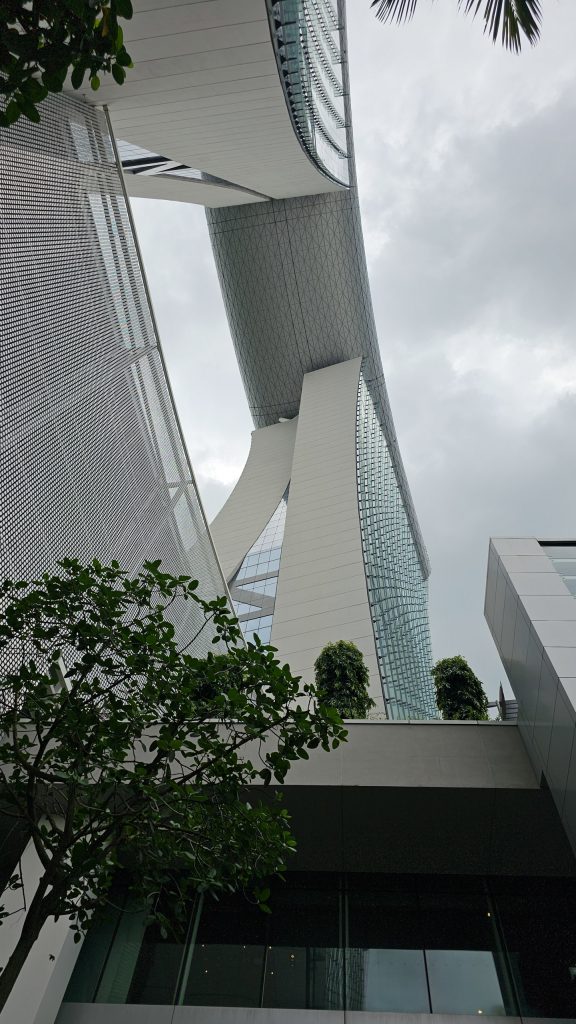
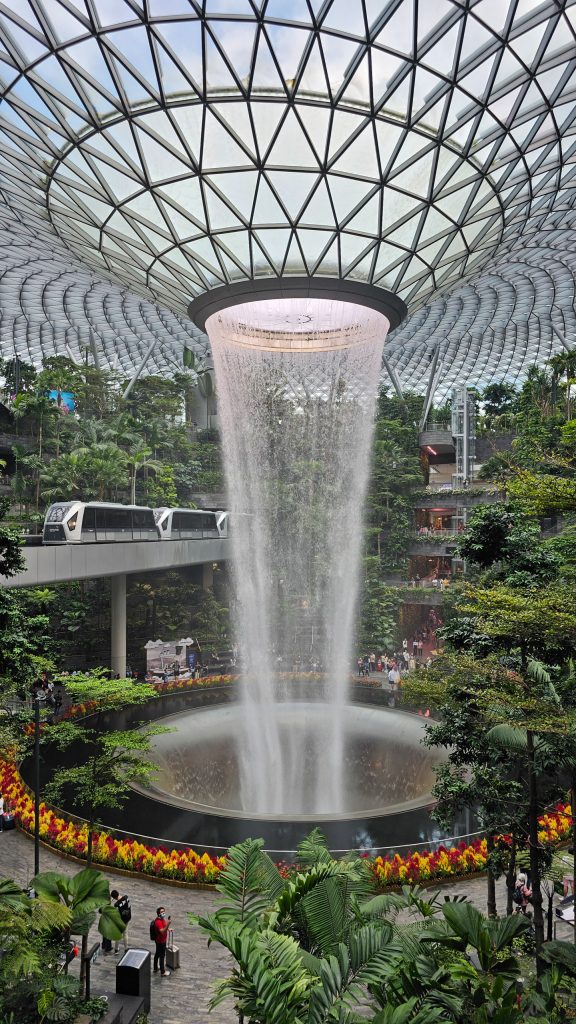
From what we can tell for now, the S23 Ultra captures great videos, narrowing the gap to the iPhone benchmark. Its Super Steady feature, which has been retooled to closely mimic the iPhone 14 series’ Action Mode, actually delivers better video stabilisation.
On the flip side, the camera is now so focused on stabilising the video that it’s very difficult to track fast-moving subjects while panning. Another disappointing trait is the occasional existence of shutter lag when taking photos and videos, especially when using Super Steady mode. This is one area where Apple still has the decisive edge.
We’ve received a unit of the Samsung Galaxy S23 Ultra and we’re currently in the process of reviewing the phone, so stay tuned.
Related reading
- Samsung Galaxy S23 series Malaysia first impressions: Ultra focused
- Samsung Galaxy S23 Malaysia: 10 things you need to know
- Deal: Special Samsung Galaxy S23 pre-order promo for SoyaCincau readers
- Samsung Galaxy S23 Malaysia: Here’s the official price and pre-order promo
- Samsung Galaxy S23 and Galaxy S23+: Custom Snapdragon 8 Gen 2, bigger batteries
- Samsung Galaxy S23 Ultra: A 200MP camera, custom Snapdragon 8 Gen 2 and Gorilla Glass Victus 2
0 comments :
Post a Comment